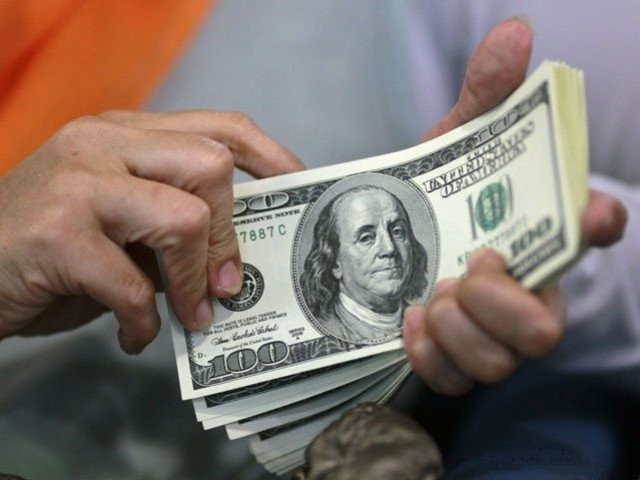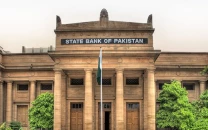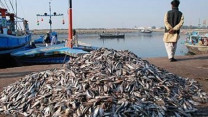Remittance subsidies: time to prioritise exports
While stability of inflows is important, sustainability of such costly policy deserves scrutiny

Last fiscal year, the government allocated nearly Rs200 billion (around $700 million) as a subsidy to banks for attracting remittances through formal channels and curbing illegal Hawala and Hundi networks. The policy delivered immediate results as remittances surged 27% year-on-year to $38 billion.
However, much of this increase reflected a natural rebound. As economic stability returned and the spread between inter-bank and open market exchange rates narrowed, the remittances that had previously diverted to informal channels simply resumed through the banking system. In other words, the surge was not solely a function of the subsidy but also of macroeconomic normalisation.
When the scheme was withdrawn this year, banks quickly raised alarm over declining inflows. Their lobbying prompted the prime minister to reintroduce the programme — though at reduced incentive levels — aiming for $40 billion in remittances. While the stability of inflows is important, the sustainability of such a costly policy deserves scrutiny.
A $700 million annual subsidy is significant, especially when comparable peers such as Vietnam, the Philippines, Bangladesh, Sri Lanka and India do not provide such generous incentives. Instead of subsidising remittances indefinitely, Pakistan should consider redirecting these funds towards making exports regionally competitive.
Unlike remittances, which plateau once migrants' incomes stabilise, exports can expand through productivity, innovation and market access.
Smarter use of subsidy: building export engine
Reallocating the subsidy to export support can deliver far greater long-term value. Possible interventions include:
1- Rebates for value addition in textiles, food, and agriculture.
2- Incentives for IT, gaming, and digital service exports.
3- Processing and beneficiation of minerals before export.
4- Training and subsidising manpower for overseas markets.
5- Expanding low-cost SBP export financing facilities.
6- Tax breaks and duty reductions on export machinery and raw materials.
7- Lower income tax rates for employees in export industries.
8- Incentives for joint ventures that promote exports and import substitution.
9- Streamlined corporate tax regimes tailored to exporters.
10- Skills development programmes for freelancers and high-end digital workers.
Such targeted measures could potentially raise exports by $4-6 billion annually, far more than the incremental benefit derived from subsidising remittances.
The bottom line
Remittances remain vital for Pakistan's economy, but subsidising them at such a high cost is inefficient and unsustainable. Exports, not remittances, are the true engine of long-term growth. Redirecting the $700 million subsidy towards export competitiveness would deliver higher returns, greater resilience and sustainable prosperity.
It is time for policymakers to use capital wisely. Pakistan does not need to buy temporary comfort with expensive remittance subsidies. It needs to build lasting capacity to compete and grow in global markets.
The writer is an independent economic analyst






















COMMENTS
Comments are moderated and generally will be posted if they are on-topic and not abusive.
For more information, please see our Comments FAQ